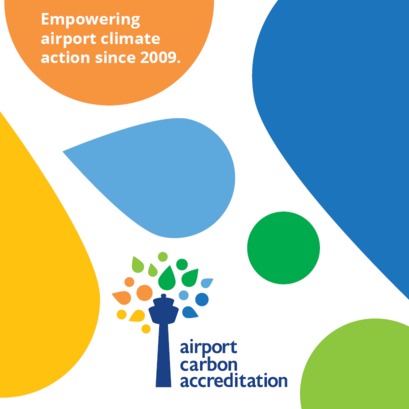
Sydney Airport Commits to Net Zero by 2030
- 21 May 2021
Sydney Airport has today announced it will achieve net zero carbon emissions by 2030 and outlined the practical initiatives and actions that will ensure it meets this commitment.
Sydney Airport CEO Geoff Culbert said: “The aviation industry has a critical role to play in combatting climate change, and we are making this commitment with clear line of sight to the outcome, and definite actions to get there.
“Sydney Airport is proud of the leadership position we’ve taken on sustainability. We’ve put our money where our mouth is through initiatives like our sustainability-linked loan and bond, which ensure our sustainability commitments have genuine financial imperatives.
“We are always on the lookout for ways we can do more and our commitment to achieve net zero by 2030 extends our leadership on sustainability.”
Sydney Airport has a strong track record on incorporating sustainability into its operations and in recent years entered into a corporate power purchase agreement for renewable energy, and developed market-leading financial instruments like sustainability-linked bonds and loans.
The commitment to achieve net zero by 2030 incorporates all emissions under Sydney Airport’s operational control. This comprises both ‘Scope 1’ emissions that are generated by the Airport’s vehicle fleet and natural gas use, and ‘Scope 2’ emissions, representing the emissions created during the production of the Airport’s electricity needs.
How the 2030 target will be achieved
The Airport’s Scope 2 emissions, which represent 93% of emissions under the Airport’s operational control, will be eliminated by reducing electricity use and switching to 100% renewable energy.
Scope 1 emissions account for 7% of the emissions under the Airport’s operational control and will be reduced by moderating reliance on natural gas, transitioning vehicles to low or no-emission technology, and phasing out fuel-powered equipment like diesel generators.
If there is a small, residual proportion of Scope 1 emissions that cannot be eliminated by alternative technologies or management practices, these can be offset by the purchase of credits from carbon removal projects, for example, reforestation programs.
Maintaining our focus on Scope 3
Sydney Airport will continue its program to target indirect ‘Scope 3’ emissions, which represent those that are outside the Airport’s operational control but occur as a result of the Airport’s activities. These include the carbon emissions generated by ground transport to and from the Airport and by aircraft taking off and landing.
Initiatives to reduce Scope 3 emissions will range from offering the Airport’s retail and commercial tenants renewable energy to facilitating the uptake of sustainable aviation fuels. In October 2020 the Airport acquired the on-site jet fuel infrastructure assets in an $85 million transaction driven partly by an ambition to influence the introduction of sustainable aviation fuels in the future.
The Airport will also continue its program of installing ground power units and pre-conditioned air, which allow parked aircraft to plug into electricity, removing the need to run aircraft engines to operate on-board lights, instruments, and air-conditioning.
Sydney Airport’s Head of Sustainability, Alicia Burgmann, said: “Climate change is a global challenge that requires a collective response. The aviation industry is alive to the challenge and we are really proud to be playing our part.”
- CATEGORY
- COUNTRY / AREA
- Australia




